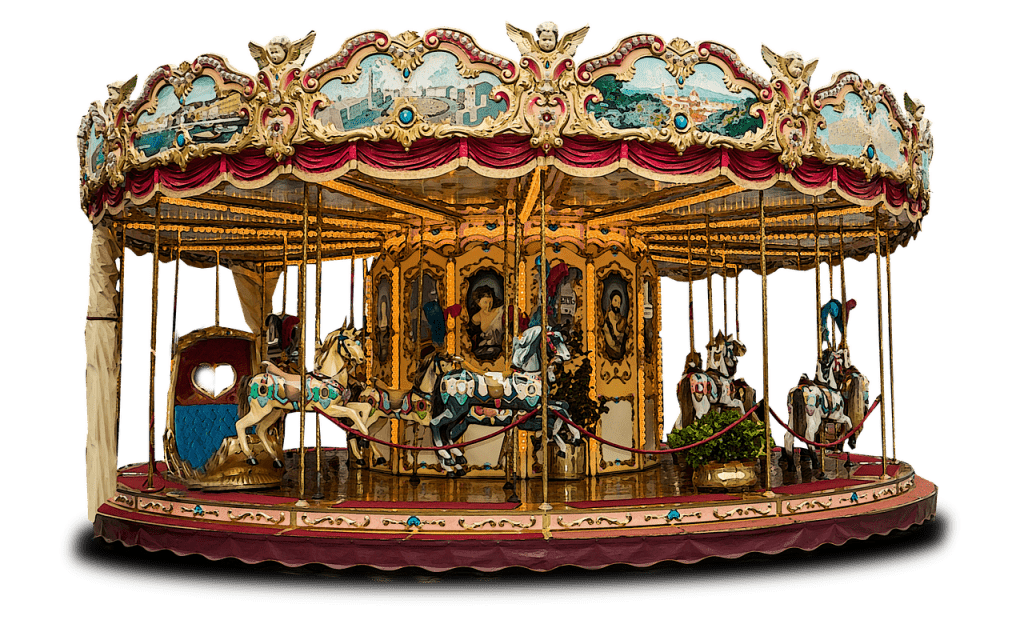As a traveler, you like to gain new impressions, as I do. That doesn’t stop at visiting old city centers and landmarks but by going to the concert hall or the conservatory and letting myself be surprised there, wholly unprepared. It was also the case last week when I heard several new compositions in the Arvo Part hall of the EAMT in Tallinn, skilfully played by the EAMT Sinfonietta. A short travelogue.
Sometimes it happens to you while traveling
As this happened one day when I was on my way to work and heard on my car radio the announcement of a very familiar composition to me, namely: Beethoven’s Violin Concerto (in D major Op. 61). The same one I listened to – a long time ago – on my Walkman while cycling to school. From the announcement, understand that the soloist had to fill in for another at the London Symphony Orchestra. The soloist was Simone Lamsma, and I have never heard such a beautiful rendition of this concerto. So good that I stopped the car to recover from the intense emotions Simone was letting me experience at one point. It was different, yet again familiar; her interpretation touched me deeply in my body. Admittedly, Beethoven is also somewhat sentimental music but still. Simone played with technical perfection and made very individual choices in her interpretations, making it one of the highlights of my listening experiences.
Back to school
The EMTA, or back in school because this academy educates students and is a perfect place for MusikRoel. Because music makes learning more fun, what is a more appropriate place where people learn to make music? And so, I ended up at the conservatory. The main hall bears Arvo Pärt’s name, and that connection is clear from the first step. The hall has an attractive design in a Nordic style, lots of light-colored wood, neutral but not impersonal furnishings, with a dedication to the sound. The acoustics are excellent and transparent, making it easy to listen in concentration. The Sinfonietta plays several new compositions as part of the Estonian Music Days Festival, and in a few cases, there was a premiere. The composers were almost all present and gratefully accepted our applause after the performance.

A journey to new worlds
I am a product of the traditional approach to classical music, counterpoint, and stylized harmonies. And this music sounded different. It seemed more like joining solos or the emphasized articulation of individual instruments in ensemble playing. Sometimes I crept up on the ‘pick me\ feeling as if the musician was too eager to join in and play his part. Experiences from reality inspired the composers, such as a poem or the sound of birds on the shore. One work that has stayed with me, supported by a captivating bassoon part, is the Sinfonietta No. 2 by Eladio Aguilar. Although he didn’t intend it that way, I imagined myself at an outdated fairground during this music, where a sallow merry-go-round with horses flanked a rushing Ferris wheel, and the light shone sternly from old cast-iron lampposts. What also struck me about the compositions was that the balance tipped toward high notes. It made the whole piece too insubstantial at times or a bit shrill. Could this still be the only way to stand out in our current society? Yet, if I adhere to my philosophy that modern music is a herald of things to come, I am curious to see what awaits us.
